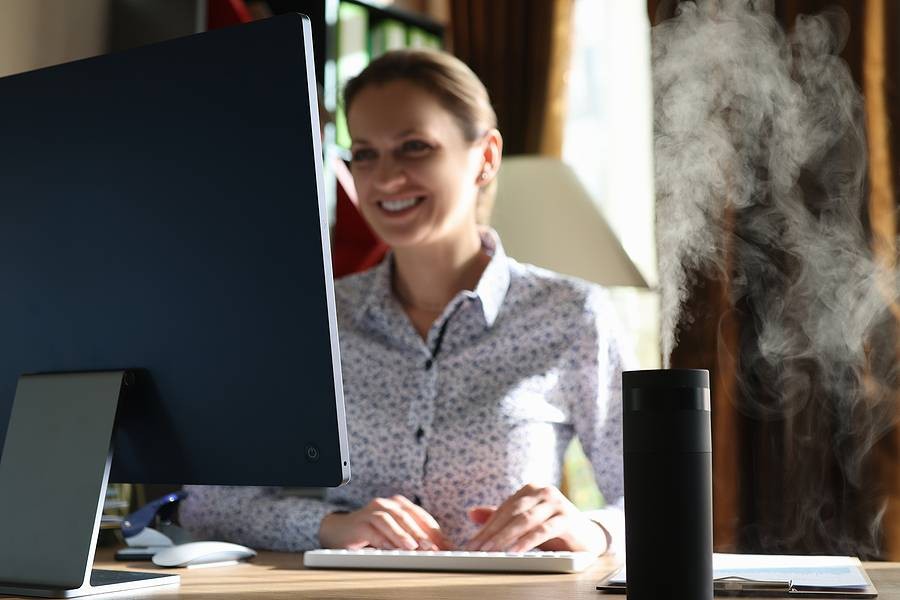
Tips for Saving for Money on Your Water Bill
Reducing water usage has many benefits. Saving money on your monthly water bill is one of those advantages. You may be familiar with water-saving tips such as turning the water off when you brush your teeth or collecting shower water to water your garden, but there are other ways to conserve water without even thinking about it. By switching out old fixtures like faucets, showerheads, and toilets for high-efficiency ones you can save a great deal of energy, which, ultimately, saves you money. Here’s a surprising statistic. Did you know, according to the Environmental Protection Agency (EPA), that if every household in the country used water-efficient appliances and fixtures the savings could equal $18 billion U.S. dollars each year? That equates to 3 trillion gallons of water. Sounds great, right? Unfortunately, many households opt out of upgrading or retrofitting their fixtures because they aren’t sure what products to purchase or they are concerned about the costs to change out these appliances. Let’s take a moment to talk about the terminology, cost, and what fixtures are best to upgrade.
Low-Flow Fixtures
When shopping for new plumbing fixtures, you want to look for the term low-flow. Ultra-low-flow fixtures use upwards of 20% less water without compromising performance.
Cost to Upgrade
Over the past several years, it’s become less expensive to upgrade to water-saving fixtures. Low-flow faucets, toilets, and showerheads are surprisingly affordable. Most households don’t have the ability to upgrade every fixture in the home immediately. They must make these changes a little at a time. So, which fixtures should you purchase first? Ideally, you’ll want to upgrade the fixture costing you the most money to operate. Toilets, generally, waste the most water. It is estimated by the EPA that toilets make up 30% of a home’s total water consumption. Most toilets manufactured before 1994 use well over the recommend 1.6 gallons per flush (gpf) threshold. If you have older toilets in your home, spend your money upgrading these fixtures first. Also, many municipalities offer incentives in the form of rebates to households that upgrade to WaterSense fixtures.
Top 3 Plumbing Upgrades
Let’s break down the three plumbing upgrades you can make today to give you the best return on your investment.
Toilets
We’ve already determined these necessary fixtures use an obscene amount of water. But, which kind of toilet should you buy? Here’s a quick overview of water-efficient models available. Composting toilet: This is a dry toilet. It uses no water, but it is not suitable for indoor use. The majority of people who purchase these toilets use them in areas where water supplies are limited or a septic or sewer system is not available. Dual-flush toilet: If you’ve traveled to Europe or Australia, you may be familiar with these toilets as they are very popular in these areas of the world. They are also becoming increasingly popular in commercial restrooms in the United States. The dual-flush toilet gives you two flush options: one for liquid waste and one for solid waste. The liquid waste flushing option uses significantly less water than the solid waste option. High-efficiency toilets: This is the most popular residential option that meets the current EPA WaterSense standard, which is 1.28 gpf. There are numerous models available that cost less than $200. Some even cost less than $100.
Showerheads
Showerheads come in second to toilets as water-guzzling offenders. The average showerhead contributes to 20% of a home’s water usage. You may be turned off to low-flow showerheads because you’ve heard that the water stream is significantly lower. Technology has changed and responded to homeowners’ concerns. Today’s low-flow showerheads are much better and the water stream is not affected at all just your water bill.
Faucets
There are plenty of options available for low-flow faucets. Some households are actually going a step further and installing touch-free faucets. Not only do these fixtures save money, they are also quite sanitary. If you’re ready to make the switch and still have questions, give us a call. Our Rooter Hero Plumbing technicians are always happy to help you determine the best products for your home, lifestyle, and budget.






